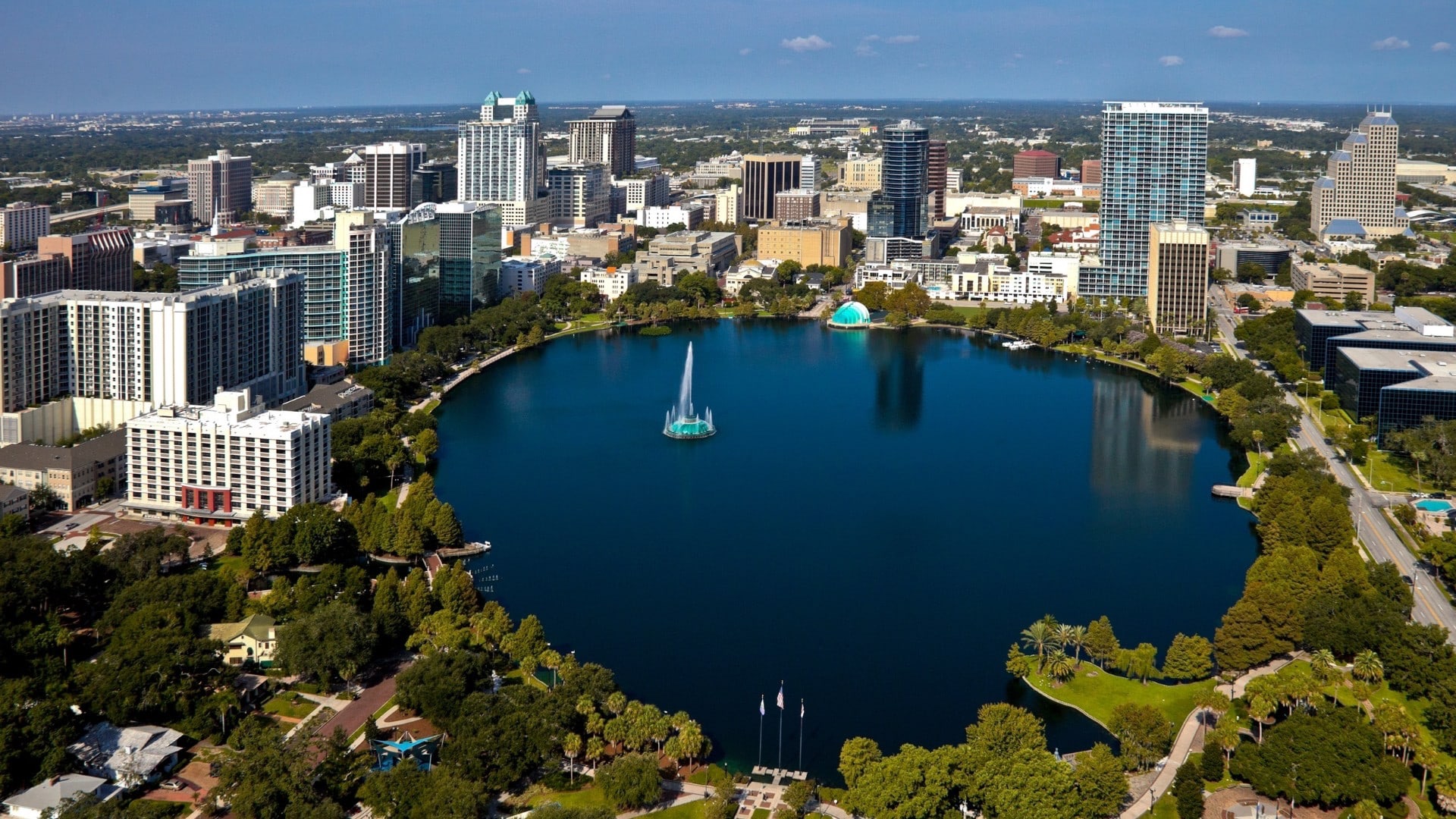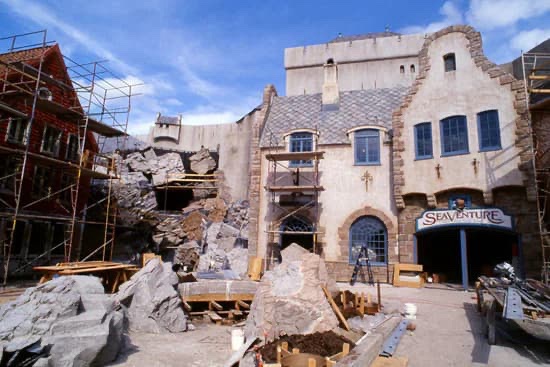The population of Orlando has seen significant changes over the past decade, marked by consistent growth and demographic shifts. Understanding how Orlando’s population has evolved is crucial for urban planning, economic strategies, and community development.
- The population of Orlando was estimated to be 309,154 in 2023.
- The growth rate of Orlando’s population from 2010 to 2023 has been approximately 2% per year.
- In 2023, the median age in Orlando was 34.6 years, reflecting a young and vibrant demographic.
Population Growth Trends
The last decade has witnessed Orlando’s population expanding steadily. In 2010, the population stood at around 238,300. Over the years, the city has experienced an influx of new residents, drawn by economic opportunities, the allure of its cultural and recreational offerings, and a generally favorable climate. By 2020, the population had grown to approximately 287,442, indicating a notable increase. The momentum continued into the 2020s, with Orlando’s population reaching 309,154 in 2023.
This growth can be attributed to several factors, including Orlando’s burgeoning job market, which has attracted professionals from various sectors such as technology, healthcare, and tourism. The city’s strategic efforts to diversify its economy beyond tourism have paid off, contributing to its population increase.
Economic Factors Driving Growth
Economic factors have played a pivotal role in Orlando’s population changes. The city’s economy has been robust, with a focus on industries such as hospitality, aerospace, and healthcare. The expansion of the technology sector, particularly with initiatives like the Orlando Tech Association, has also contributed to job creation and, consequently, population growth.
According to the Bureau of Labor Statistics, the Orlando metropolitan area saw a job growth rate of 3.4% in 2022, higher than the national average of 2.9%. This economic vitality has been a magnet for job seekers and their families, thereby fueling population growth.
Migration Patterns
Migration patterns into Orlando have been diverse. Domestic migration has been a significant driver, with many people moving from states with higher living costs to enjoy Orlando’s relatively affordable lifestyle. Additionally, international migration has also contributed to population growth. The city’s reputation as a multicultural hub has attracted immigrants from various parts of the world.
According to the U.S. Census Bureau, between 2010 and 2020, Orlando saw an influx of approximately 85,000 new residents from other parts of the United States, and about 40,000 from abroad. This diverse migration has enriched the cultural fabric of the city, making it a vibrant and inclusive community.
Demographic Shifts
Demographic shifts have been evident in Orlando over the past decade. The city has seen an increase in its Hispanic and Latino populations, which grew from 25.4% in 2010 to 28.5% in 2023. This growth reflects broader national trends and has influenced various aspects of life in Orlando, from cultural festivals to culinary offerings.
Moreover, Orlando’s African American population has also seen an uptick, growing from 28.1% in 2010 to 31.2% in 2023. These demographic changes underscore Orlando’s status as a diverse and inclusive city, welcoming to people from all backgrounds.

Urban Development and Housing
Urban development has been both a cause and a consequence of population growth in Orlando. The city has seen significant residential and commercial development projects aimed at accommodating the increasing population.
The Orlando Economic Partnership reports that from 2010 to 2023, over 40,000 housing units were added to the city. This development has included high-rise apartments, suburban housing projects, and mixed-use developments that combine residential, retail, and office spaces. These projects have not only provided necessary housing but also spurred economic growth and job creation.
However, this rapid development has also led to challenges, particularly in terms of housing affordability. As demand for housing has increased, so have prices, leading to concerns about the cost of living for many residents. Efforts are underway to address these issues, with initiatives aimed at increasing affordable housing options and ensuring sustainable urban growth.
Transportation and Infrastructure
The population increase has necessitated improvements in transportation and infrastructure. Orlando has invested heavily in enhancing its transportation network to accommodate the growing number of residents and visitors.
The introduction of the SunRail commuter train in 2014 has been a significant development, providing a reliable transit option for the city’s expanding suburbs. Additionally, road expansions and the implementation of smart traffic management systems have aimed to reduce congestion and improve mobility across the city.
Infrastructure improvements have not been limited to transportation. The city has also focused on upgrading its utilities, parks, and public services to meet the needs of its growing population. These efforts are essential in maintaining the quality of life for Orlando’s residents and ensuring the city can continue to thrive amidst ongoing growth.

Future Projections
Looking ahead, Orlando’s population is expected to continue its upward trajectory. Projections by the University of Florida’s Bureau of Economic and Business Research suggest that by 2030, Orlando’s population could reach approximately 350,000. This anticipated growth underscores the need for continued investment in housing, infrastructure, and public services.
Urban planners and policymakers are already working on strategies to manage this growth sustainably. Initiatives such as the “Orlando 2030” master plan focus on creating a resilient city that can adapt to future challenges while providing a high quality of life for its residents.
The past decade has seen significant changes in the population of Orlando, driven by economic opportunities, migration, and urban development. The city’s efforts to diversify its economy and invest in infrastructure have contributed to its growth, making Orlando an attractive destination for both domestic and international migrants. As the city continues to expand, careful planning and investment will be crucial in ensuring sustainable growth and maintaining the vibrant, inclusive character that defines Orlando.






